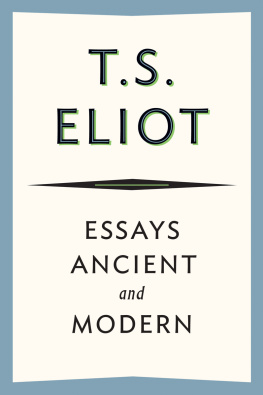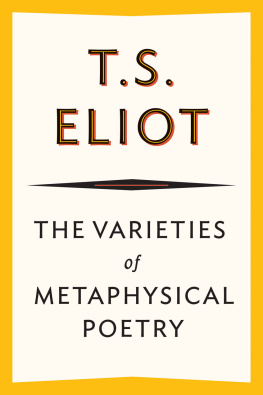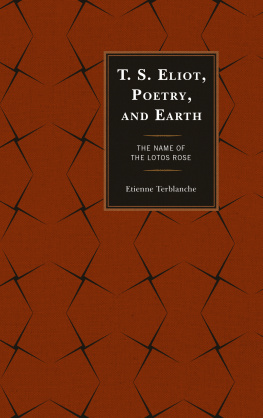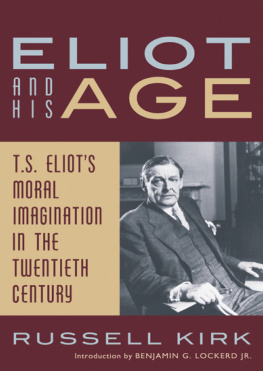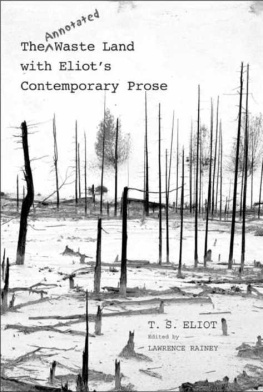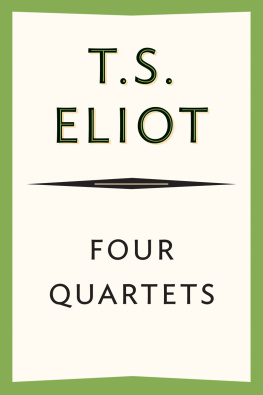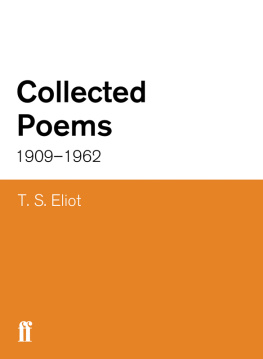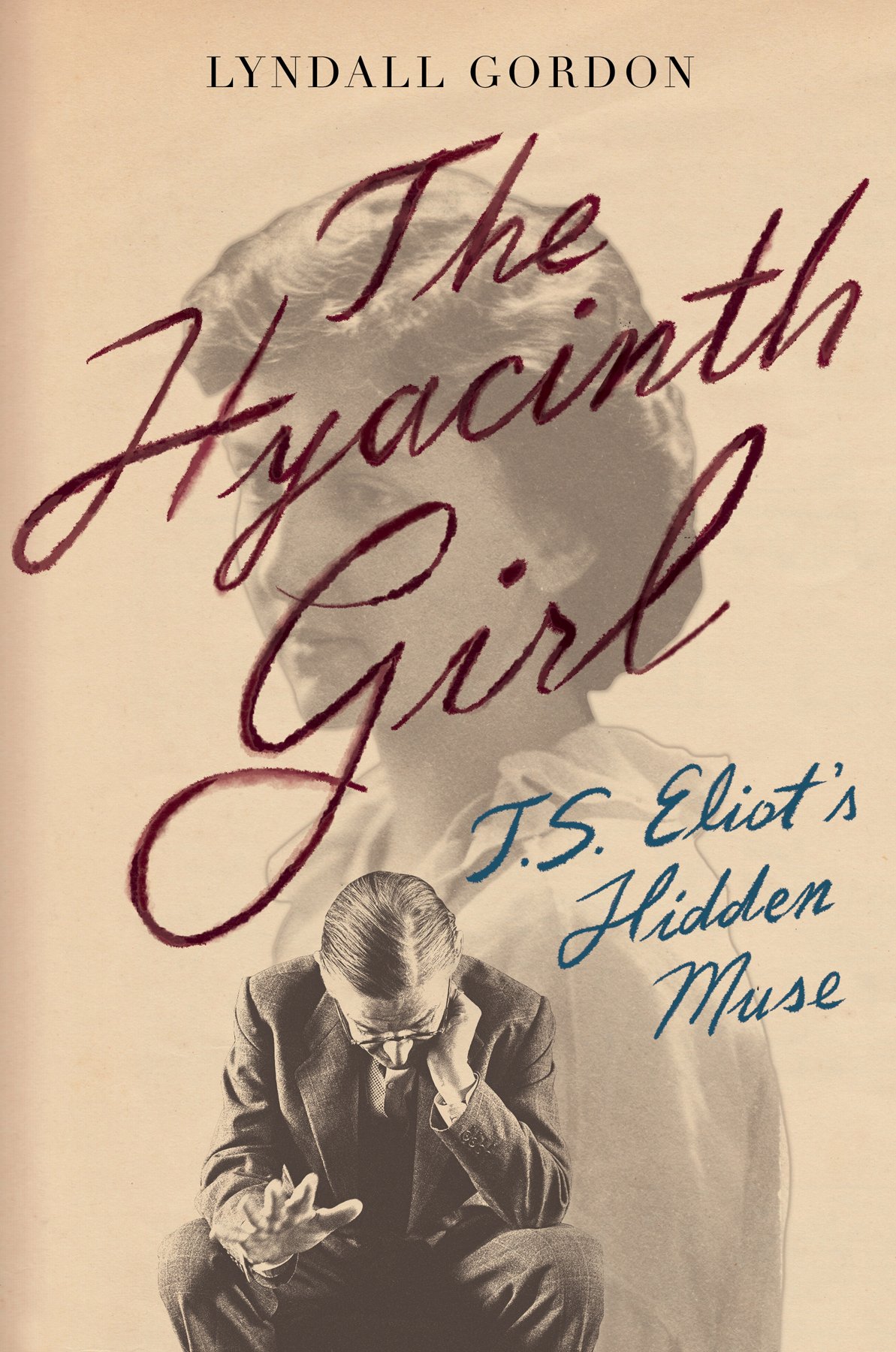Lyndall Gordon - The Hyacinth Girl: T.S. Eliots Hidden Muse
Here you can read online Lyndall Gordon - The Hyacinth Girl: T.S. Eliots Hidden Muse full text of the book (entire story) in english for free. Download pdf and epub, get meaning, cover and reviews about this ebook. year: 2022, publisher: W. W. Norton & Company, genre: Non-fiction. Description of the work, (preface) as well as reviews are available. Best literature library LitArk.com created for fans of good reading and offers a wide selection of genres:
Romance novel
Science fiction
Adventure
Detective
Science
History
Home and family
Prose
Art
Politics
Computer
Non-fiction
Religion
Business
Children
Humor
Choose a favorite category and find really read worthwhile books. Enjoy immersion in the world of imagination, feel the emotions of the characters or learn something new for yourself, make an fascinating discovery.

- Book:The Hyacinth Girl: T.S. Eliots Hidden Muse
- Author:
- Publisher:W. W. Norton & Company
- Genre:
- Year:2022
- Rating:5 / 5
- Favourites:Add to favourites
- Your mark:
The Hyacinth Girl: T.S. Eliots Hidden Muse: summary, description and annotation
We offer to read an annotation, description, summary or preface (depends on what the author of the book "The Hyacinth Girl: T.S. Eliots Hidden Muse" wrote himself). If you haven't found the necessary information about the book — write in the comments, we will try to find it.
Superb... brims with insight into T.S. Eliots complex love of women and its impact on his poetry. Beautifully written, fiercely honest, The Hyacinth Girl permanently dissolves the myth of impersonality, fathoming the vexed, tormented emotional life behind Eliots work. Jahan Ramazani, author of Poetry in a Global Age
Winner of the Nobel Prize in Literature, T.S. Eliot was considered the greatest English-language poet of his generation. His poems The Waste Land and Four Quartets are classics of the modernist canon, while his essays influenced a school of literary criticism. Raised in St. Louis, shaped by his youth in Boston, he reinvented himself as an Englishman after converting to the Anglican Church. Like the authoritative yet restrained voice in his prose, he was the epitome of reserve. But there was another side to Eliot, as acclaimed biographer Lyndall Gordon reveals in her new biography, The Hyacinth Girl. While married twice, Eliot had an almost lifelong love for Emily Hale, an American drama teacher to whom he wrote extensive, illuminating, deeply personal letters. She was the source of memory and desire in The Waste Land. She was his hidden muse.
That correspondencesome 1,131 lettersreleased by Princeton Universitys Firestone Library only in 2020shows us in exquisite detail the hidden Eliot. Gordon plumbs the archive to recast Hales role as the first and foremost woman of the poets life, tracing the ways in which their ardor and his idealization of her figured in his art. For Eliots relationships, as Gordon explains, were inextricable from his poetry, and Emily Hale was not the sole woman who entered his work. Gordon sheds new light on Eliots first marriage to the flamboyant Vivienne; re-creates his relationship with Mary Trevelyan, a wartime woman of action; and finally, explores his marriage to the young Valerie Fletcher, whose devotion to Eliot and whose physical ease transformed him into a man made for love.
This stunning portrait of Eliot will compel not only a reassessment of the manjudgmental, duplicitous, intensely conflicted, and indubitably brilliantbut of the role of the choice women in his life and his writings. And at the center was Emily Hale in a love drama that Eliot conceived and the inspiration for the poetry he wrote that would last beyond their time. She was his Hyacinth Girl.
Lyndall Gordon: author's other books
Who wrote The Hyacinth Girl: T.S. Eliots Hidden Muse? Find out the surname, the name of the author of the book and a list of all author's works by series.

